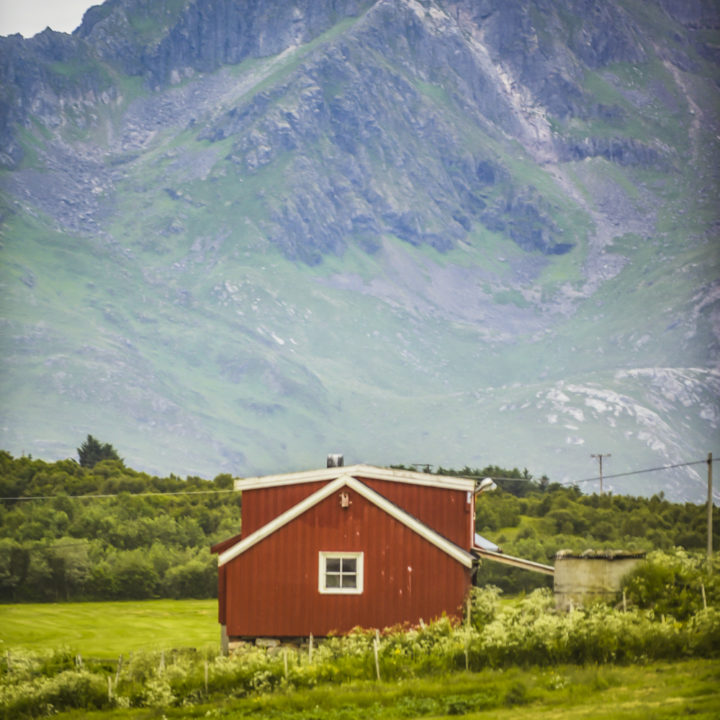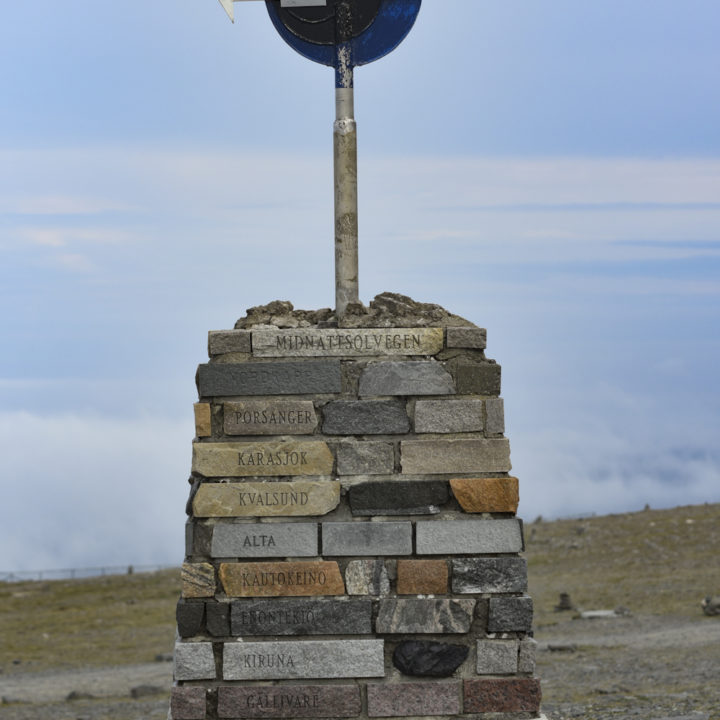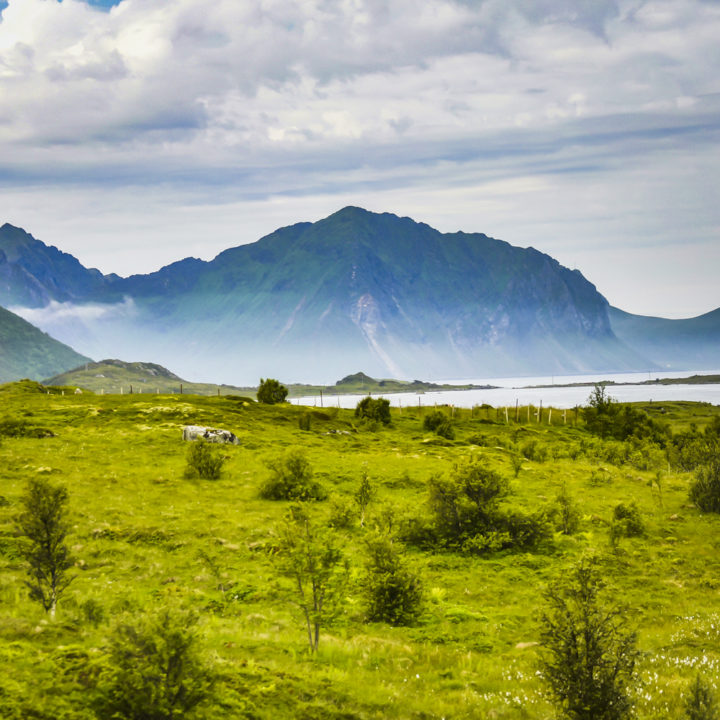- Forest loss in mountain areas worldwide is rapidly accelerating
- Tropical mountains with the highest levels of biodiversity were most impacted
- Protected areas reduced mountain forest loss in biodiversity hotspots
Photo: Paul Elsen
A WCS-coauthored study reveals that global mountain forests – critically important to wildlife – are vanishing at an accelerating rate with an area twice the size of Norway lost between 2001-2018. The new study, published in One Earth, is led by the Southern University of Science and Technology and co-authored by scientists at the Wildlife Conservation Society, the University of Leeds, Mae Jo University, and the University of Hong Kong.
The results showed that 78.1 million hectares (301,545 square miles) of mountain forest were lost between 2001-2018 worldwide with rates nearly doubling after 2010, showing a sharp acceleration and pointing to a potentially increased risk of mountain forest loss in the future.
Mountains provide critical habitat for more than 85 percent of all of the world’s bird, mammal, and amphibian species and are globally recognized for their high conservation value. Forest-dwelling mountain species often have very small ranges, so even small amounts of forest loss can appreciably increase their risk of extinction.

The authors combined high-resolution satellite measurements of forest loss with maps of mountainous terrain to create detailed maps of where, when, and how much forest loss occurred during each year between 2001-2018.
Said Paul Elsen, WCS Climate Adaptation Scientist and a co-author of the study: “Mountains have exceptionally high levels of biodiversity, and many of these species are dependent on forests for their survival. The high levels of forest loss we observed in mountains could be catastrophic for these sensitive mountain species.”
Despite the high rates of mountain forest loss observed, the authors also revealed that protected areas within regions of high biodiversity showed much lower rates of loss. This emphasizes the important roles that protected areas play in retaining forest habitats and conserving wildlife.

“It was encouraging to find that protected areas were associated with far lower relative forest loss rates within regions of high biodiversity,” said Elsen. “This provides evidence that continued management and investment in protected areas can conserve biodiversity that would otherwise be under much more significant threat from forest loss.”
The study also determined that rates of forest loss varied regionally. Tropical mountain forest loss accounted for 32.9 Mha of all forest loss, compared to 27.9 Mha and 17.2 Mha for temperate and boreal mountain forests, respectively. Tropical mountain forests also had by far the fastest rates of forest loss acceleration—nearly 3 times faster than temperate mountain forests and over 8 times faster than boreal mountain forests.

Mountain forest loss was found to be driven by several factors, with the leading causes including agriculture, wildfire, and commercial forestry. But the prevalence of these drivers varied regionally—commodity agriculture and shifting cultivation were primary drivers of mountain forest loss in the tropics, whereas forestry and wildfire dominated temperate and boreal mountain forests, respectively.
“Protected areas appeared more effective at minimizing forest loss in areas with higher levels of commodity agriculture, and less so when forest loss was driven by forestry,” Elsen explained. “This implies that improved management and more adequate resourcing to protect forests may be required in areas where commercial forestry is prevalent.”
Given the high rates of mountain forest loss the authors observed in regions critical to biodiversity conservation, the authors suggest that renewed efforts are required to safeguard mountain forests and their high ecological, social, and cultural values in the future.
Said Elsen: “While protected areas play critical roles in reducing mountain forest loss, other conservation strategies must be considered and utilized. These include increasing sustainable harvesting of forest commodities, making adjustments to supply chains to be deforestation-free, ramping up forest restoration initiatives, and creating collaborative partnerships with Indigenous Peoples and Local Communities leading to co-management of forests, among others. All of these actions will also be crucial to maintaining healthy mountain forest ecosystems.”

WCS (Wildlife Conservation Society)
MISSION: WCS saves wildlife and wild places worldwide through science, conservation action, education, and inspiring people to value nature. To achieve our mission, WCS, based at the Bronx Zoo, harnesses the power of its Global Conservation Program in nearly 60 nations and in all the world’s oceans and its five wildlife parks in New York City, visited by 4 million people annually. WCS combines its expertise in the field, zoos, and aquariums to achieve its conservation mission
